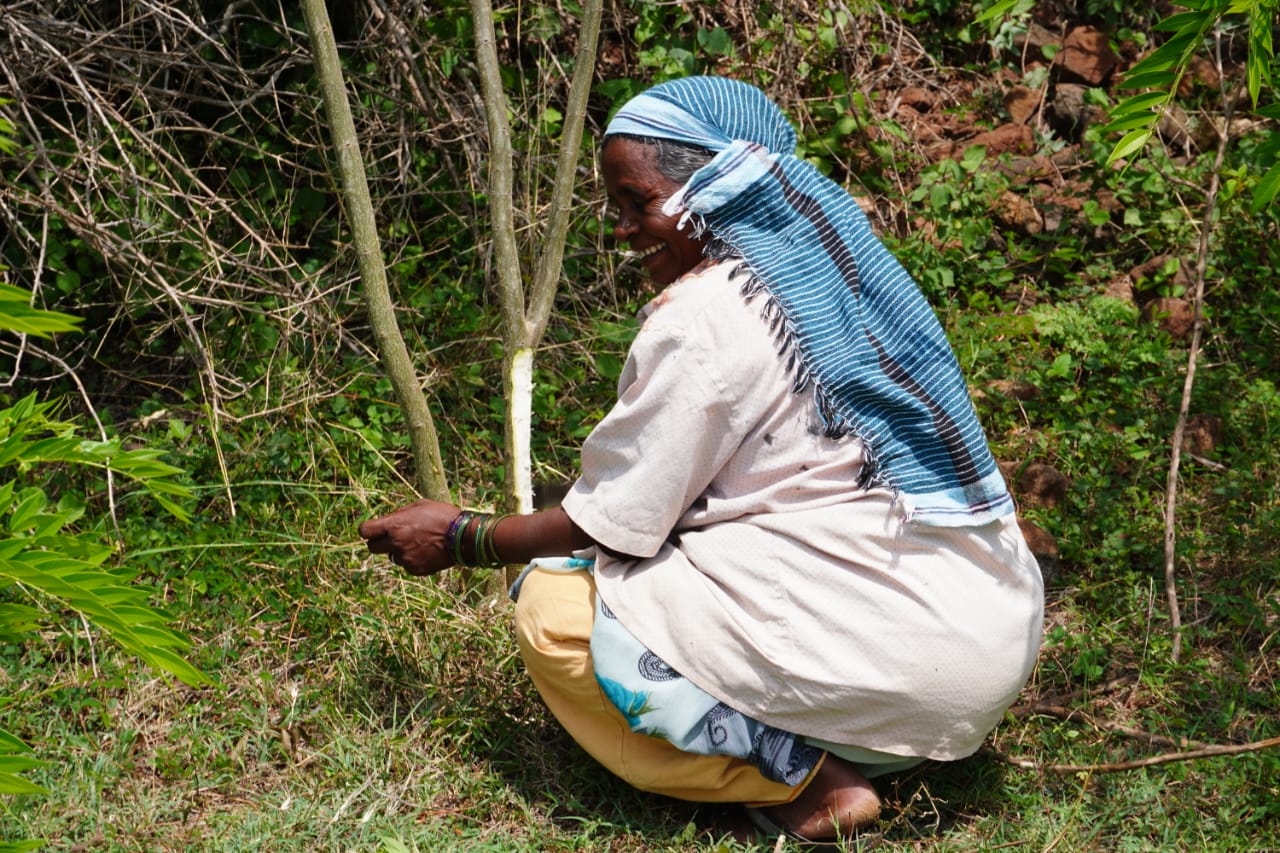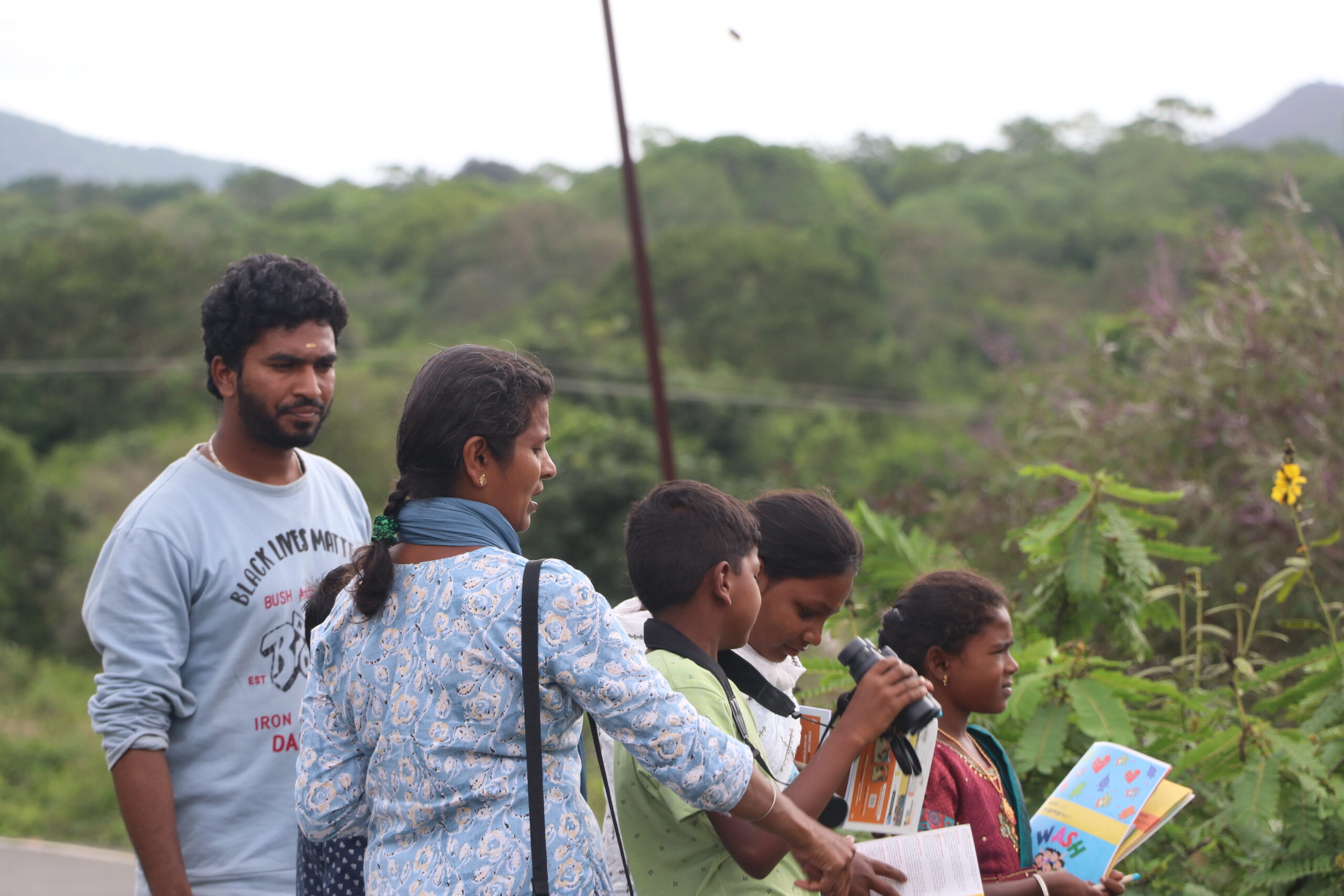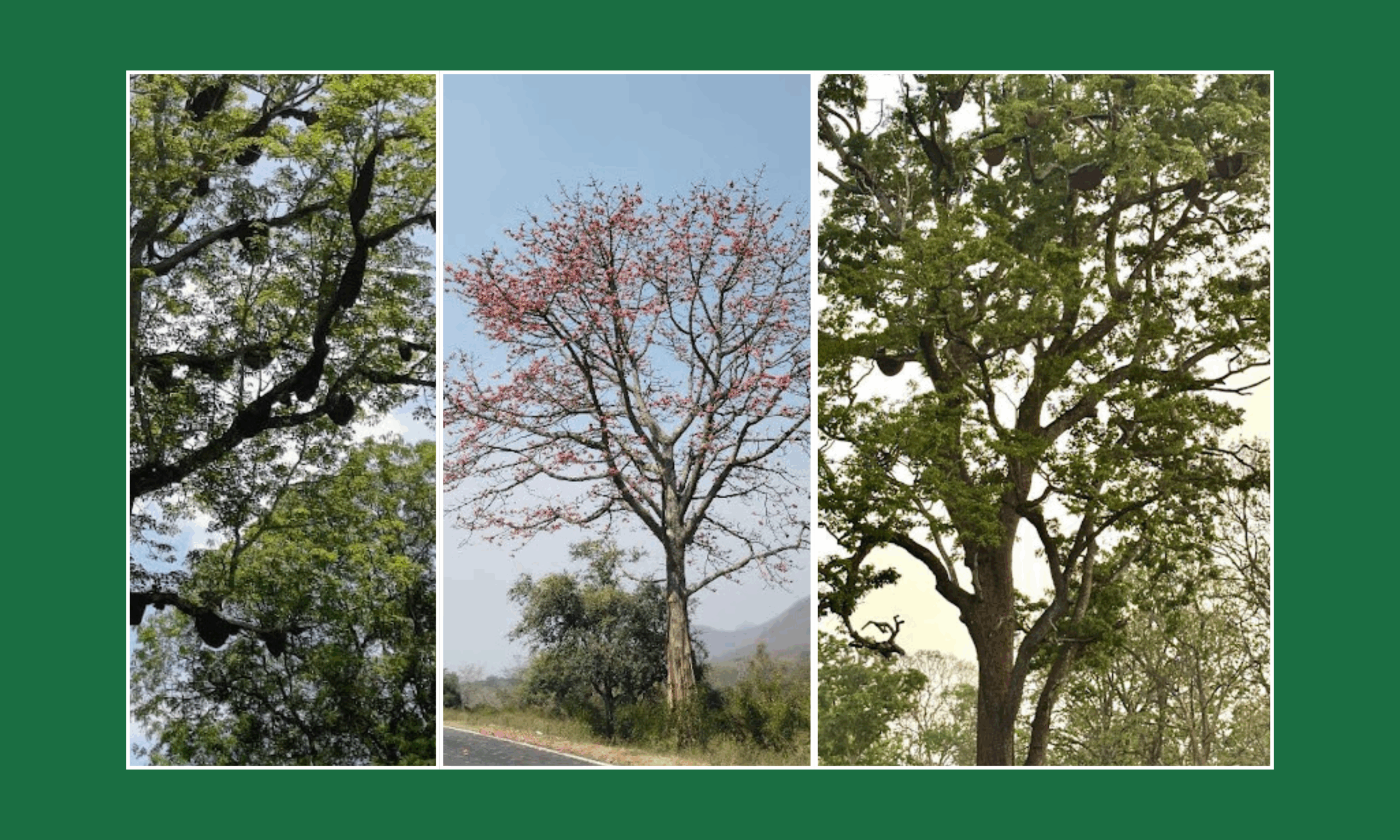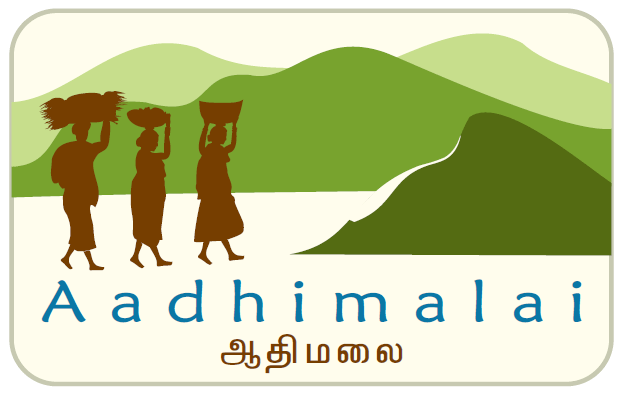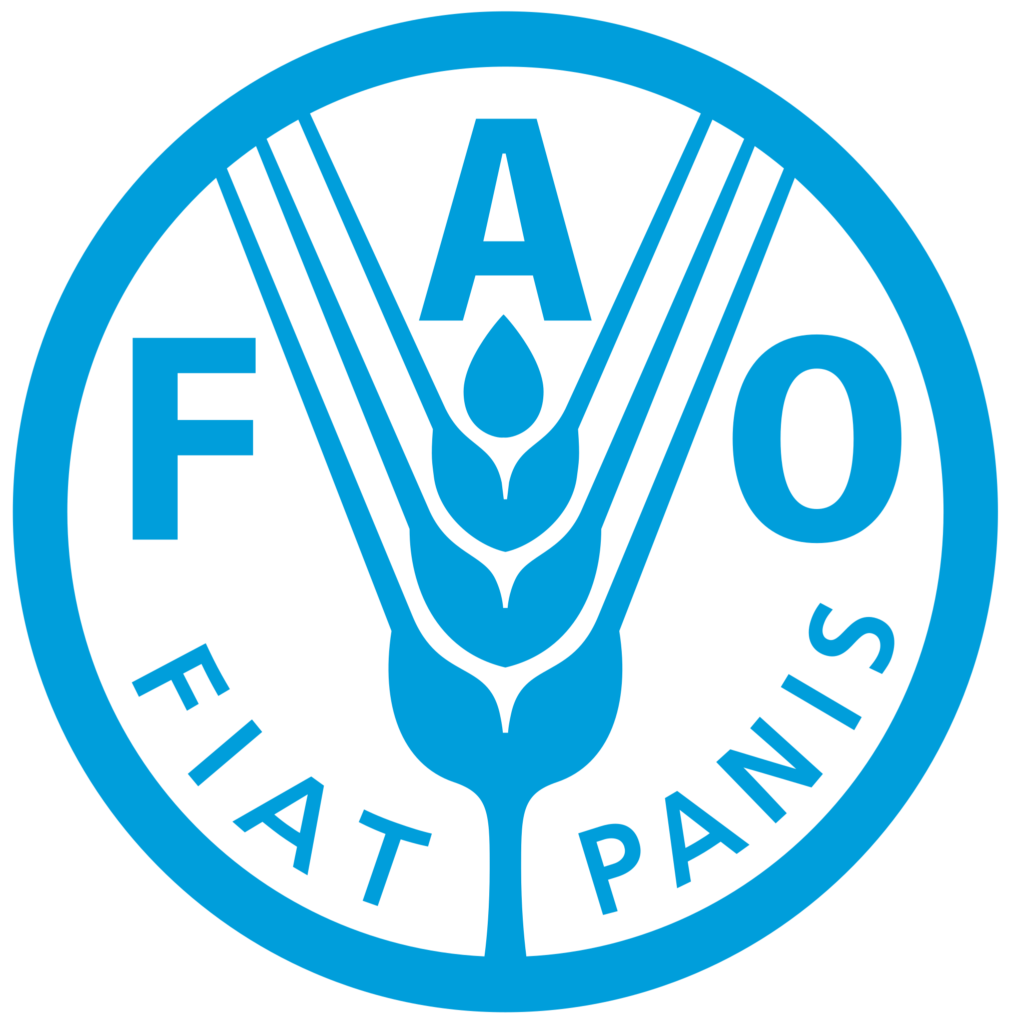By Anita Varghese
In the month of March, a heady fragrance of Mahua flowers, a forest ablaze with flowers of Palash and the sweet taste of Kendhu fruits awaited us at every village we visited in the state of Jharkand between March 19th and 29th. The early days of the journey started with cold rain, thunderstorms and hailstones in Ranchi ending with temperatures up to 38 degrees Celsius in Musabani block by mid-week. The hot winds of the afternoon saw us, (well, especially me), dozing off in the vehicles despite the road conditions.
This was a long overdue journey to a landscape that Keystone has been working in for more than a decade. The Central and Eastern Indian region is a hub of agroecological diversity, adivasi people, dry forests and more. As Rohan M., Jyoti P. and Sushila M. accompanied me on this journey through the landscape – we learnt, talked, laughed, imagined and (re)discovered a place together. To these co- travelers I want to say thank you and wish them all the very best for the good work they dream of doing.
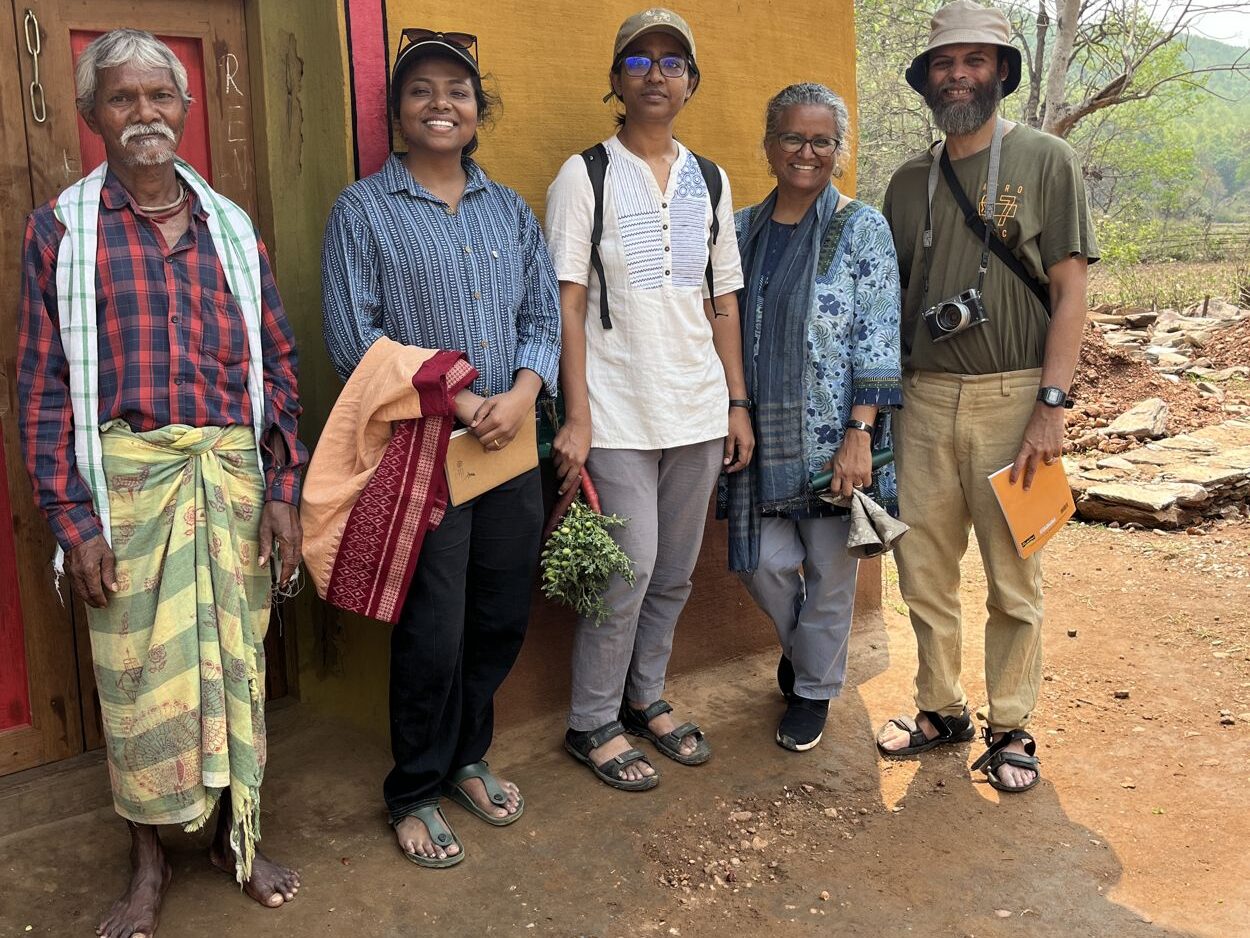
An invitation to participate in a meeting organized by the Network for Conserving Central India (NCCI) at the Kanha tiger reserve was the catalyst to this journey. At Kanha one sees tall majestic Sal towering over all else and stretching across kilometers. Keystone was invited to participate in the fourth roundtable of the NCCI to discuss branding of millet based products value added by local women’s groups of the region. The food-growing, farming communities in this area include adivasi groups like the Gond and Baiga, who are seed savers and practitioners of rain fed agriculture. Read more about the roundtable and the women’s group at
https://www.deccanherald.com/india/millets-in-spotlight-as-ncci-hosts-fourth-agrobiodiversity-
roundtable-3458862
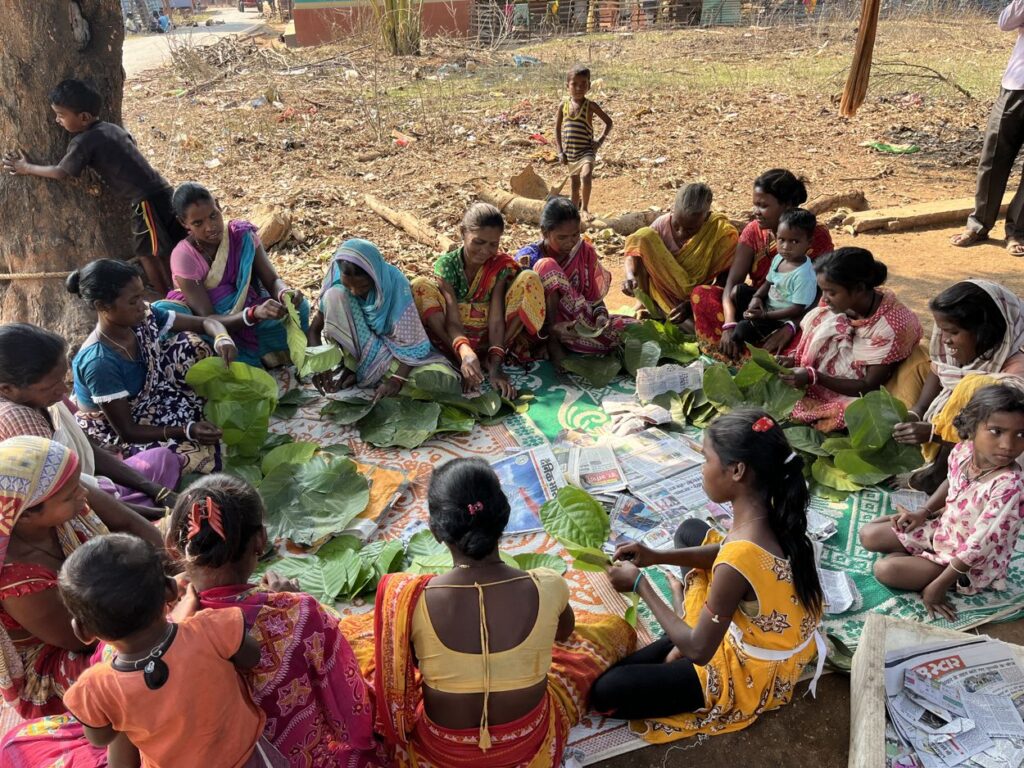
At Ranchi, meeting with the Akhra team who have beautifully and silently recorded the struggles and victories of adivasi communities through their award winning documentaries, was inspiring. While Cordula di and Biju da shared their home, movies and books with us, they were keen that we meet with their co-Founder and guide, Meghnath dada. In his own words he is an artist from Malad West who once painted actor Ashok Kumar’s house. Dada is currently engaged in making a film on the values of the adivasis whom he has come to know over the years. He talked of three sequences in the film – an adivasi kite flying festival where the strings are not made with pieces of glass to cut each other off, but as one kite approaches the other is moved away to allow the other to soar even
higher; a music festival where there is only one drummer and people just come dance as long as they want and move on with no prizes to be won; and one showing that our loved ones don’t die and are sent away, they become our revered ancestors who walk and talk with us. We eagerly await Meghnath Dada’s film.
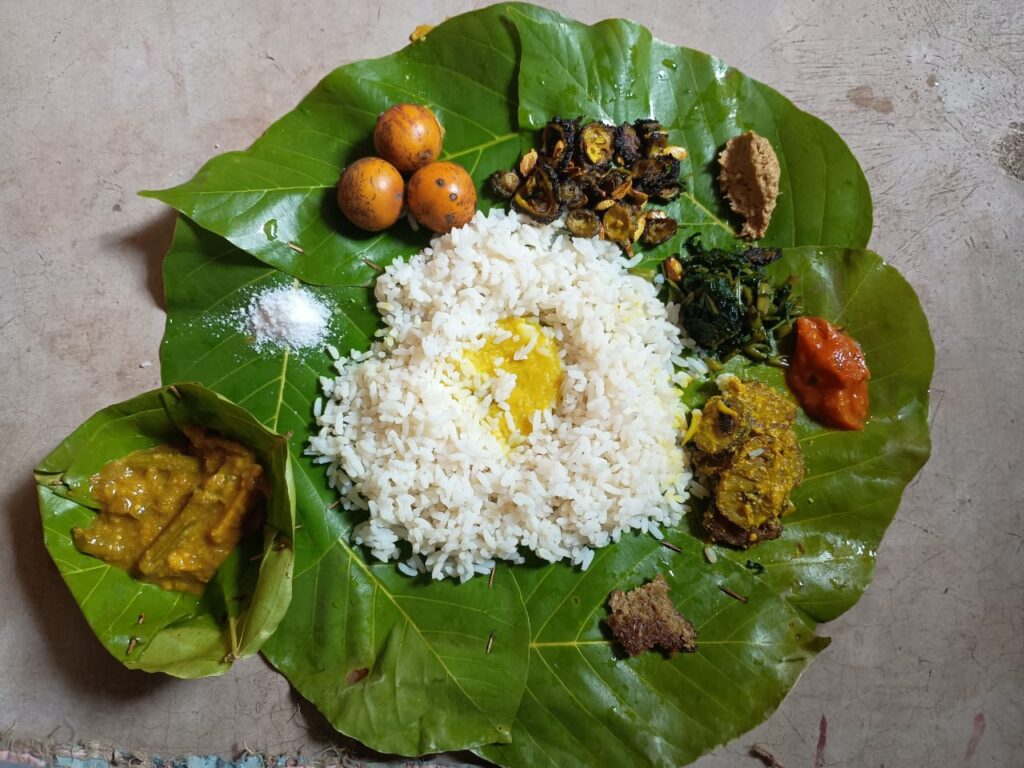
In Purulia we stop at the village of the Sabar people. Landless, and even today considered as petty criminal tribes, they spoke of their struggles to live with dignity. I cannot forget the anger in the voices of one of the women who spoke to us about her people’s struggles. She told us how she earns a meagre wage of Rs150 for 8 to 9 hours daily of agriculture work. She was angry that her husband stole her earnings of a thousand rupees only to drink it away. “Why does he not get the children ready for school when I am at work? Why does he steal my hard earned money and why does he drink all day?” These questions were put to us rhetorically and of course we had no ready answers for her. We had asked all the women gathered to meet us what they wished for in their lives, to
which they had responded with this and similar struggles. Their children were present with us throughout the meeting and when we asked why they didn’t go to the school which was just across the road, they said simply, ‘the children don’t like to go to this school!’.
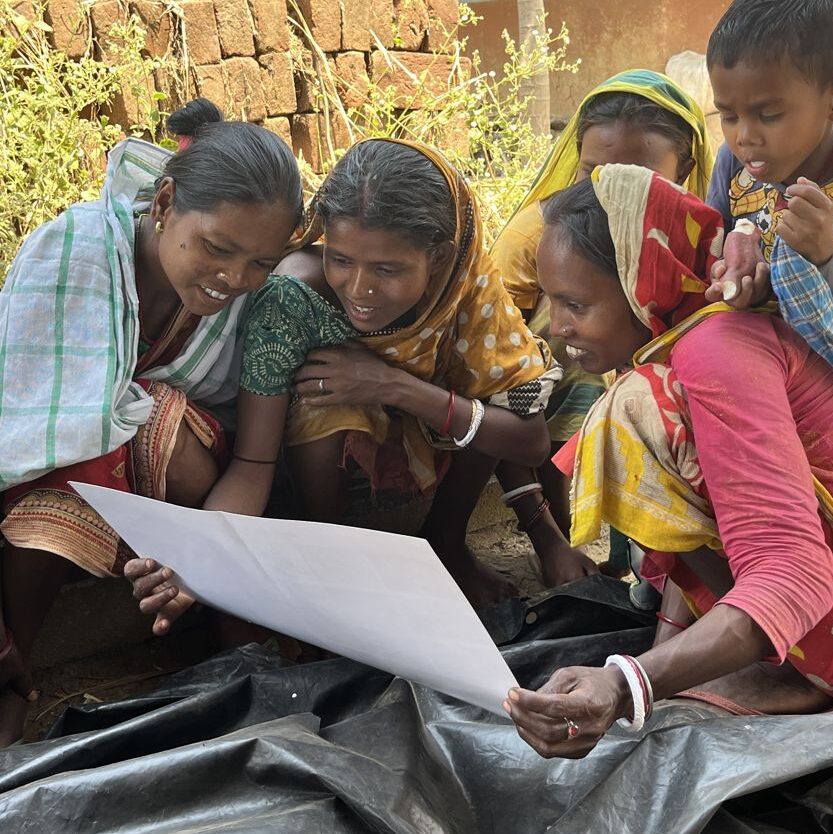
A journey of ten days through the Central and Eastern India landscape leaves us with fond memories of people, forests, farms and food. Each day the team sat together to debrief on ways to engage meaningfully in these areas on issues of improving water security, strengthening forest conservation, saving traditional food crops and their seeds, addressing issues of access to fair markets etc. We were reflecting on these with the help of lessons learnt on eco-development in the Nilgiri Biosphere Reserve working with adivasi people of the mountains over thirty years, thousands of kilometres away. What lessons could be replicated and what new ones are we setting out to learn? After all, similar issues persist – adivasi people who have always been part of their natural resource rich
landscapes are still living impoverished lives.
Read the Full Report Below:


